Since its inception two centuries ago, photography as a visual art form has come a long way. Advancements in technology, along with the adaptation of some of the styles used by painters to photography, provided photographers with a large arsenal of creative tools both in and off camera.
Through the implementation of these styles, photographers are able to creatively manipulate the mood and feel of their images to elicit a specific thought or emotion in the viewer. In this article, we explore some of the styles and techniques available to us today.
Landscape photography
“Derived from the Dutch word landschap, landscape paintings capture the natural world around us. We tend to think of this genre as majestic mountain scenes, gently rolling hills, and still water garden ponds. Yet, landscapes can depict any scenery and feature subjects within them, such as buildings, animals, and people.
While there is a traditional viewpoint of landscapes, over the years, artists have turned to other settings. Cityscapes, for instance, are views of urban areas, seascapes capture the ocean, and waterscapes feature freshwater such as the work of Monet on the Seine.”
1. Natural landscape photography
Natural landscape photography aims to capture true representations of natural scenes. Here you rely on your unique point of view in composing and framing your shot, going the distance to capture the right light, and documenting the beauty inherent in the vast and varied natural landscape, be it lakes, rivers, parks, forests, or a mountain range.
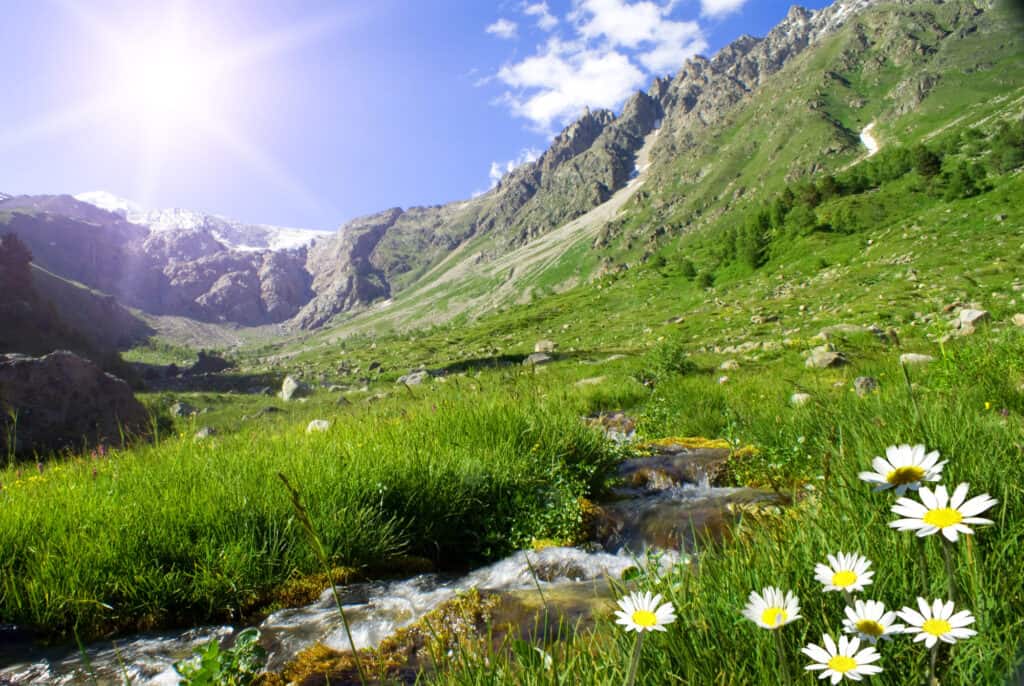
2. Urban photography/ Cityscapes
Urban photography, as its name indicates, focuses on the urban landscape with its buildings, industrial structures, and city life.
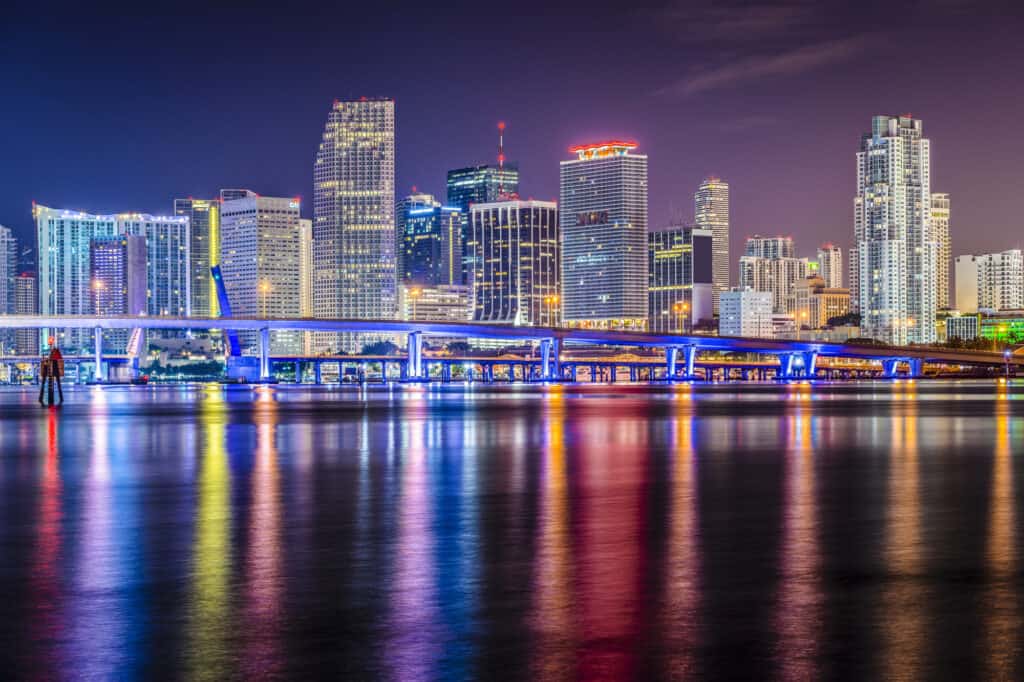
This is a wonderful opportunity to explore the city streets, documenting daily life. Capturing the essence of the environment, its colors, textures, and lights. Fountains, bridges, statues, as well as doors and windows, make for interesting subjects.

3. Panoramic Photography
Panoramic photography refers to images that cover a wide field of view (120 degrees or wider). As well as having an aspect ratio of at least 2 to 1 or wider. That is to say; the photo is twice or 3 times as wide as it is long.
When shooting expansive land or cityscapes using a wide-angle lens, you may find that your lens is not wide enough to capture the entire scene in one shot. Additionally, the wider the lens, the more likely that your image will display distortions at the edges of the frame.
To create a panoramic image, you would need to take multiple consecutive shots, each covering one section of the scene. These images can then be stitched together in post to create one panoramic image.

Fine art in landscape photography
While traditional photography is centered around capturing reality as is, fine art photography is about offering the artist creative freedom, a medium to express their vision and create unique and striking fine art images of nature.
A fine art project must have a theme, a central idea, and a common style running through the series of images. Experiment with composing and shooting scenes from unusual perspectives and making use of post-edit options. Here are some of the common fine art photography types.
4. Impressionism and landscape photography
Impressionist landscape photography utilizes light and its changing qualities to eliminate detail and emphasize the feeling and mood of the scene.
This is achieved by using in-camera techniques such as long exposures, camera movement, zoom blur, and defocusing. In post-edit, you can experiment with enhancing the colors and sharpening some sections to emulate the strong brush strokes of impressionist paintings.

5. Abstract Landscape Photography
Abstract photography has no concept or idea. The focus is on the basic characteristics of an object, such as its color, texture, or certain pattern. This type of photography offers endless possibilities.
Create abstract images by using a macro lens/filter to inspect your surroundings and capture detailed and, at times, unique forms. Additionally, you can use camera techniques such as long exposures and shallow depth of field.

6. Macro photography
Macro photography is the type of photography in which pictures are shot at a very close range. To showcase details of the subject, revealing textures and hidden patterns that may not be seen clearly by the naked eye.
Macro photography offers us new and exciting perspectives on the world around us. Flowers and insects, as well as ordinary everyday items, are great candidates for this type of photography. A macro image is defined as having a ratio of at least 1:1, if not larger. The image should be the same size as the subject, if not larger.
To capture such an image, you would need a specialized macro lens or a macro lens filter.

7. Minimalism
Minimalistic photography is another type of “abstraction” (Taking away from). The subject of a minimalistic image is stripped from detail, removing distractions. Subjects surrounded by vast empty spaces make for powerful images.

8. Black and white photography
Black and white photography is another type of minimalist photography. Removing color simplifies the subject, emphasizing its shape and texture. When shooting in raw format (unprocessed by the camera’s software), the resulting images will be in color. You would need to further process the image in post-edit to convert it to black and white/grey scale.
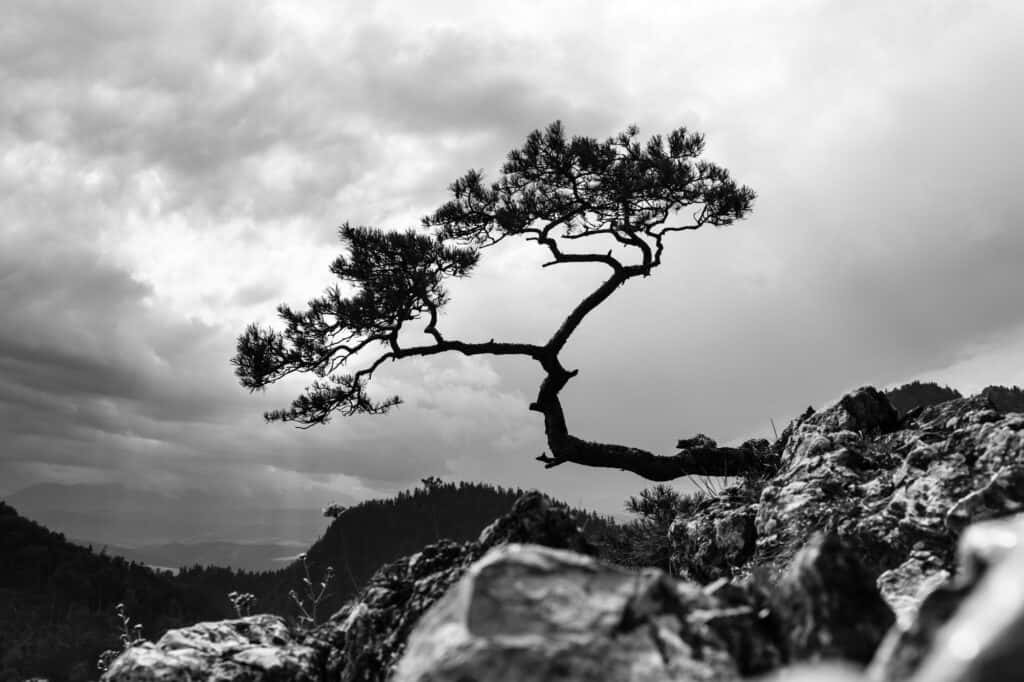
Portrait photography
The term portrait photography covers many different styles. However, a portrait, by its nature, must have at least one human subject. Here are some of these genres for you to explore.
9. Traditional portrait photography
Traditional portrait refers to the type of posed shots taken in a studio with a backdrop, where the subject(s) faces the camera directly. Facial features are clear in this type of photo. These types of portraits are mostly of the subject’s upper body. Family portraits, portraits of school-aged children, and formal wedding portraits are some of the formal photography types.

10. Headshot photography
Headshots photography is the most basic of portrait photography types. Businesses of all types, as well as independent professionals, seek to have their headshots taken for use in company profiles, websites, and social media, to name a few.
Headshots are mostly shot against a plain backdrop unless your client wishes to incorporate their company logo. Alternatively, you could shoot outdoors. If so, be sure to use a shallow depth of field, blurring the background and keeping the focus solely on the facial expressions. Such an image should be sharp, clear, and simple. The body language should convey relaxed confidence, and, most importantly professionalism

11. Lifestyle Portraits
In contrast to traditional studio portraits, lifestyle portraits are about showcasing subjects in their natural environment, at home, in the park, at the beach, or during some leisure activity.
While a lifestyle shoot aims to produce authentic images, preparation is still key to getting the results you want. This involves setting up your props, getting to know your subjects, and making them feel at ease in front of the camera.
As your subjects are not professional models, a little bit of guidance will go a long way. Create positive scenarios that will encourage your subjects to interact with each in a fun-loving way and for you to capture genuine emotions. This type of shoot can result in beautiful candid shots to be treasured by the family for years to come.
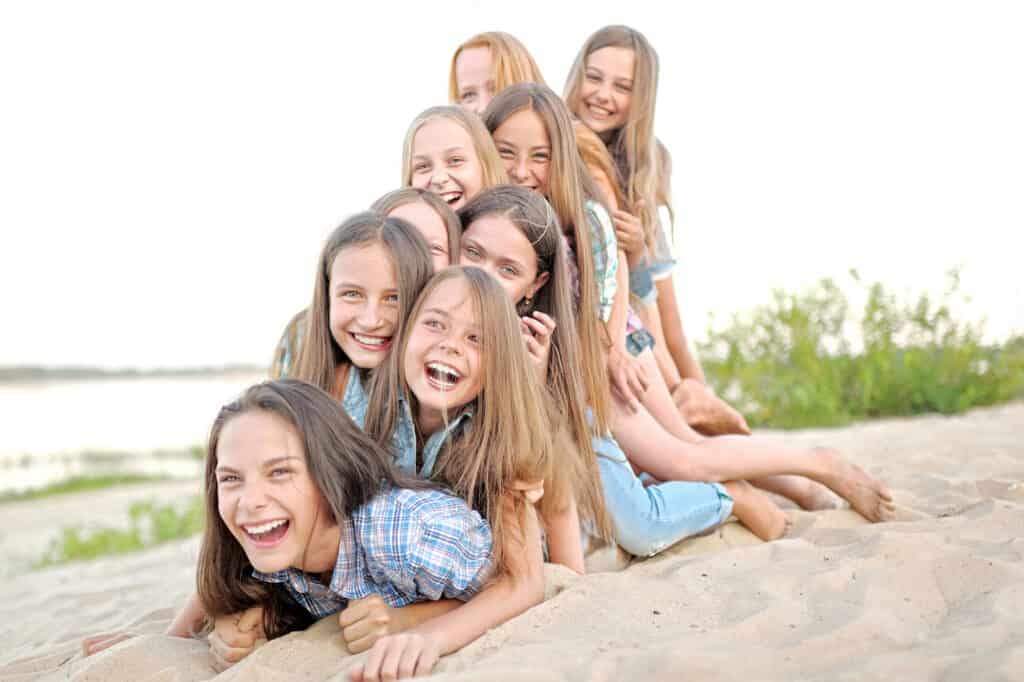
12. Environmental portrait
Environmental portraits are as much about the environment as they are about the subject.
The subject is photographed in their natural environment, be it an artist’s workshop, a garage, or a writer’s desk.
Your job as a photographer is to light up your set in a way that would create a mood needed to showcase the character and occupation of your subject.
Your setup can be soft and bright (high key) or dark and dramatic(low key). Unlike lifestyle portraits, environmental portraits are posed. Watch your subject interact with their environment and settle on the action that would most portray your subject’s passion. Shoot wide to include the environment in your frame.

Fine art in portrait photography
13. Conceptual Portrait photography
Conceptual portrait photography starts with an idea/concept, a message that you would like to convey to your viewer. This style is mostly used in advertising.
Having established the concept or theme for your shoot. The next step would be to select the models, props, and locations that would best bring your concept to life. You can further add text and/or diagrams to help people visualize the ideas illustrated in your image.
*Green Energy

14. Surreal Portraits
Surrealistic photography is a mix of fantasy and reality. Unlike conceptual photography, the message of the surreal image is left to the viewer’s interpretation.
Get creative with wardrobe and makeup, and posing. Use textures and filters to enhance the feeling of the image being out of this world.

15. Glamour Photography
Glamour photography focuses on the beauty and physique of the person in the photo. This shoot is all about transformation. Ideally, you would have a few outfits, makeup, and hairstyles to match.

16. Boudoir Photography
This type of photography is all about the art of seduction. Such images are usually intended for the private enjoyment of the subject and his or her romantic partner.
As the name implies, this shoot takes place in a private setting, such as a studio or a bedroom.
What is captured are intimate, sensual, romantic images of the subject. You may use props such as fabrics, faux fur, lingerie, jewelry, feathers, and masks. If you need more ideas or examples, read 20 DIY boudoir photo shoot ideas.

17. Fine Art Nude photography
Fine art nudes celebrate the human form. The approach is minimalistic, relying on lines, shapes, and clear areas of light and shadow.
This type of photography is characterized by soft, diffused, high-key images that flatter the appearance of the skin through the use of short focal distances and shallow depth of field, resulting in an intimate mood.
For this kind of shoot, a simple plain location works best. The emphasis is on the mood created by your lighting setup. Converting these images to black and white in post-edit will further add to the feel of minimalism and highlights the beauty of the human form. Another common style is the low-key, grainy black-and-white style of art nudes film noir.
*Directional light allows you to control the light falling on your model’s body. The dramatic light and shadows contrast further enhances/emphasizes the shape and size of his muscles.
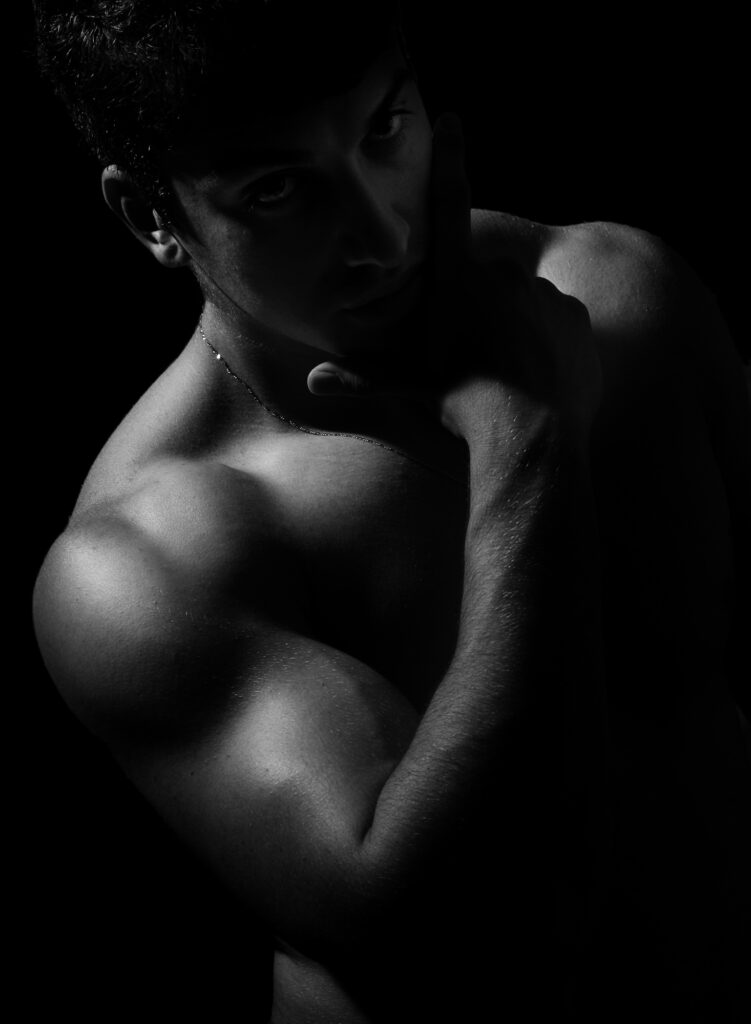
Event Photography
18. Sports / Action Photography
Sports photography offers a great opportunity to capture athletes as they demonstrate grace and elegance of movement.
In addition to having the right gear and technical expertise needed to react in time, having good knowledge of the sport is key in helping you anticipate the next move and position yourself accordingly.
* Anticipating the jump, as well as using burst mode in camera settings, allows you to take several consecutive shots to ensure getting the right one.
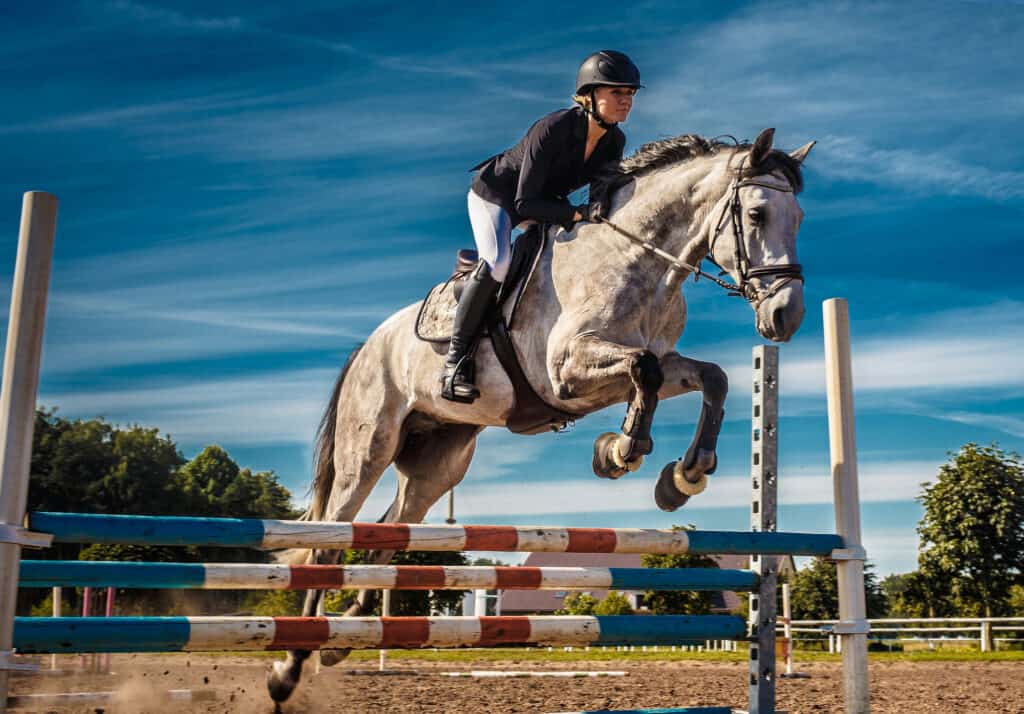
19. Wedding Photography
Wedding photography encompasses a number of photography styles, starting with formal portraits, lifestyle, documentary, and last but not least, event photography.
As a wedding photographer, your aim is to beautifully capture the day’s events as they unfold.
Establishing a good rapport with the couple, making them feel at ease, and being able to blend in with the wedding party, is essential to capturing candid intimate moments of emotional interactions.
*Shooting with a telephoto at a shallow depth of field allows you to keep a comfortable distance from the couple, giving them privacy. In the resulting image, the couple appears sharp and clear, and the background is thrown out of focus.

Commercial photography
Commercial photography specializes in producing images that articulate the qualities of a product or service. Businesses may use these images in the day-to-day running of the business, in its website, catalogs, e-commerce, or for running commercials, as would be seen in magazines, online publications, billboards, or posters.
All commercial shoots must start with a solid idea of what you wish to promote, your target audience, and the best way to reach and engage them. The resulting image should leave the viewer without doubt about what you are trying to sell. Any additional items/models you decide to include in your image should act as a complementary background to the product you are trying to sell.
Types of product photography include but are not limited to food, shoes, clothing, cars, etc.
* Sharp bright uncluttered images work best for advertising purposes.

20. Real estate/ Architectural Photography
Both real estate and architectural photography deal with capturing the unique exteriors as well as the interior ambiance of buildings. You would do well to shoot a series of images at various hours of the day to capture the light as it moves in and around the building.
Real estate agents and hoteliers looking to advertise the space may be okay with images shot with a wide-angle lens, where the lens distortion causes the interior to appear larger. Conversely, when shooting for architects, the resulting images should -as much as possible- reflect the actual dimensions of the structure.
* Perhaps an improvement on this image can be realized by shooting at a later hour in the day when the sun is not directly on the windows. This will prevent the appearance of overblown highlights on the Windows.

21. Stock photography
Stock images are defined as generic images created for the sole purpose of being displayed for sale online. Such images are in great demand for use in presentations, Social Media Posts, etc.
There are a number of websites accepting applications from photographers. To have your images approved, you would need to follow the guidelines of the platform you wish to display your images on.
22. Fashion
Beauty is the hallmark of fashion photography, beautiful models and beautiful locations/sets. Professional fashion photography requires teamwork. In addition to the photographer and models, there is the art director whose vision you are to execute, a makeup artist, a cloth designer, a set designer and a hairstylist.
While glamour photography focuses on the looks of the model, fashion photography focuses on the product, be it shoes, clothing, makeup, or accessories.
The type of setup you create would depend greatly on where the image will end up being used. Images intended for catalogs should be clear and informative. The setup is clean and simple.
On the other hand, images intended for editorials, such as those featured in magazines, are shot in various locations/Environments. The most elaborate of setups is the high fashion which is geared toward brand promotion.

Special effects photography(Specialised lenses/Photo Editors)
23. Forced Perspective Photography
Forced perspective photography style aims to manipulate the viewer’s vision. In this photography type, images are created by shooting from creative/unusual perspectives and employing scale to create optical illusions. Making objects appear farther away, closer, larger, or smaller than they actually are.
A good execution of this photography type is one where all the elements needed to create the shot are well positioned, and the capture is well timed.
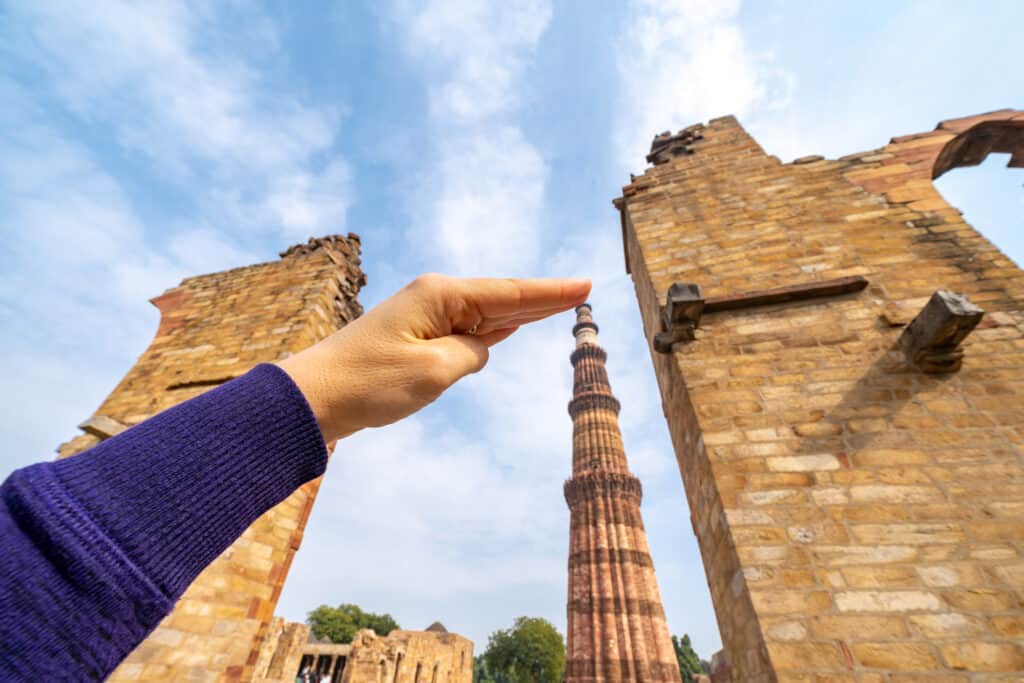
24. Tilt Shift Photography
Tilt-shift photography is used primarily by architects, where regular lenses can only be pointed straight ahead. A tilt-shift lens can be tilted/raised upwards or pointed downwards. This will allow the shooter to fit the entire building in the frame while maintaining straight lines.
Tilt-shift lenses can also be used to achieve miniature scenery effects. Note that since a tilt-shift lens is a specialized lens, it is rather expensive. Fortunately, photo edit software offers a tilt-shift option.
*A model set photographed with a tilt-shift lens or edited in post conveys the feeling of looking at a miniature world.
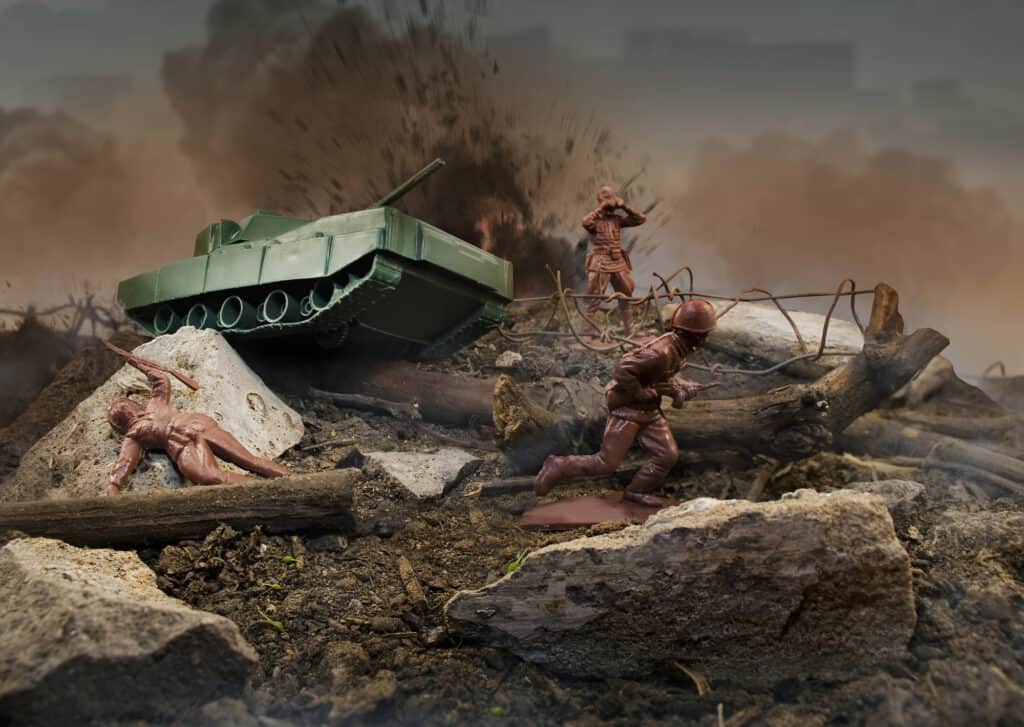
25. HDR Photography
The dynamic range of an image refers to its tonal range(highlights and shadows). A high dynamic range image can be created by shooting multiple frames of the same scene at different exposure values(bracketing). The resulting images are then stacked/merged in post-edit to create one HDR image representing the full range of tonal values.
Buildings, bridges, landscapes, and vehicles make for interesting HDR images.

26. High-Speed Photography
High-speed photography allows us to capture amazing events that are too fast to be seen by the naked eye. High-speed photography is defined as a capture where the exposure time is shorter/faster than 1/1000.
Shooting at such a high speed freezes the motion of the moving subject. Experiments in physics, sports, and medical research are some of the areas that benefit from high-speed photography. Speed lights can also be employed to freeze motion. Have fun trying to capture subjects moving at high speed.

27. Motion blur/Long exposure
Motion blur is the photographic technique used to add a sense of motion or speed to still images. Trailing lights of moving cars and smooth reflective images of running waters are great candidates for motion blur technique. Compositions illustrating movement past or around some stationary object are best to illustrate the contrast between blurred movement and a sharp stationary object.
To capture the movement of a subject in a still image, the camera shutter speed/exposure time must be set to a speed slower than that of the moving subject. As an example, to capture the motion of a walking person, the shutter speed must be set to 1/60 or longer, while a waterfall may require a speed of ⅙.
Lighting painting is another long-exposure technique. You may set up your camera on a tripod to capture light from passing cars. Alternatively, you may move your camera (panning) while shooting a stationary source of light, such as a street light or a flash.
The camera moves along with the bike, blurring the surroundings and implying motion.

28. Double exposure
Double exposure is a photography style where two visually different frames (Top and base layers) are captured and subsequently merged into one frame. Some DSLRs allow multiple in-camera exposures. Alternatively, you can take two pre-captured images and merge them in post-edit.
For this technique, it is important to think of the composition of the final image and how the elements in the background and foreground interact.
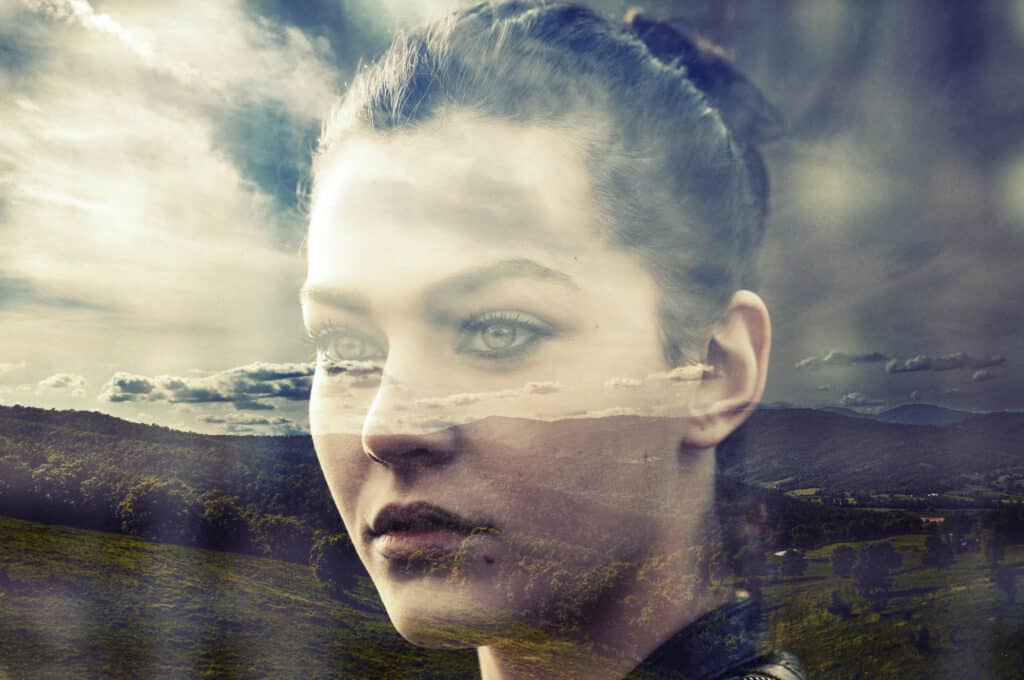
29. Time Lapse
Time-lapse is a photography technique used to produce short movies. A motion picture is a series of still images combined at a rate of 24 to 30 frames per second. A 20-second movie is about 20*24 frames.
Moving clouds, shooting seedlings, flower openings, as well as night stars are good candidates for this style of photography. Images of the same scene are captured at intervals over a period of time – long enough to detect movement.
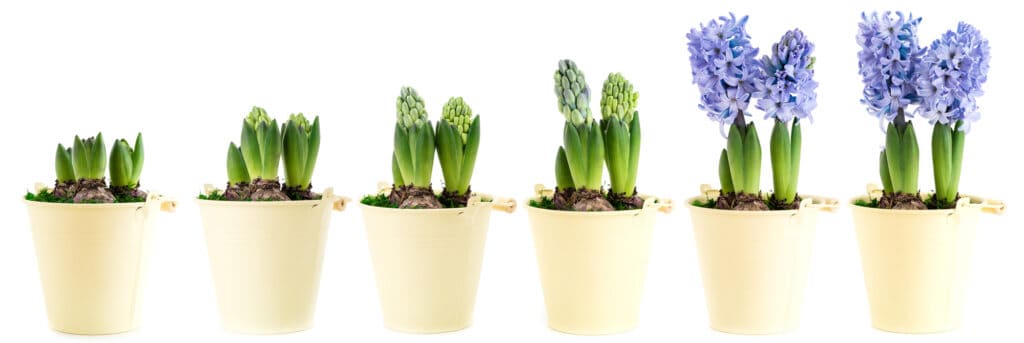
Special interest Photography
30. Infrared Photography
Infrared photography captures infrared light. Since infrared light falls outside the visible light spectrum, a specialized camera is needed, where the sensor is sensitive to infrared led. Alternatively, you may use an infrared filter to achieve a similar result.

31. Aerial photography/Drone photography
Aerial photography features images captured from high altitudes, otherwise referred to as a bird’s eye view. These images are captured using cameras mounted on air balloons, aircrafts, etc. Drones are a recent welcome addition, making aerial photography more available to the average photographer.
Use tilt-shift lenses for more accurate shots of built-up structures.

32. Wildlife photography
Wildlife photography focuses on capturing animals in their natural habitat. Learning the habits of the animal you wish to photograph, as well as getting familiar with its habitat, will help you capture the images you desire.
Once on location, you will do well to camouflage yourself, staying at a comfortable distance. While you may not have a long enough zoom to fill the frame with your subjects, photographing wildlife as part of a landscape can still produce interesting images, revealing your subjects in their environments.
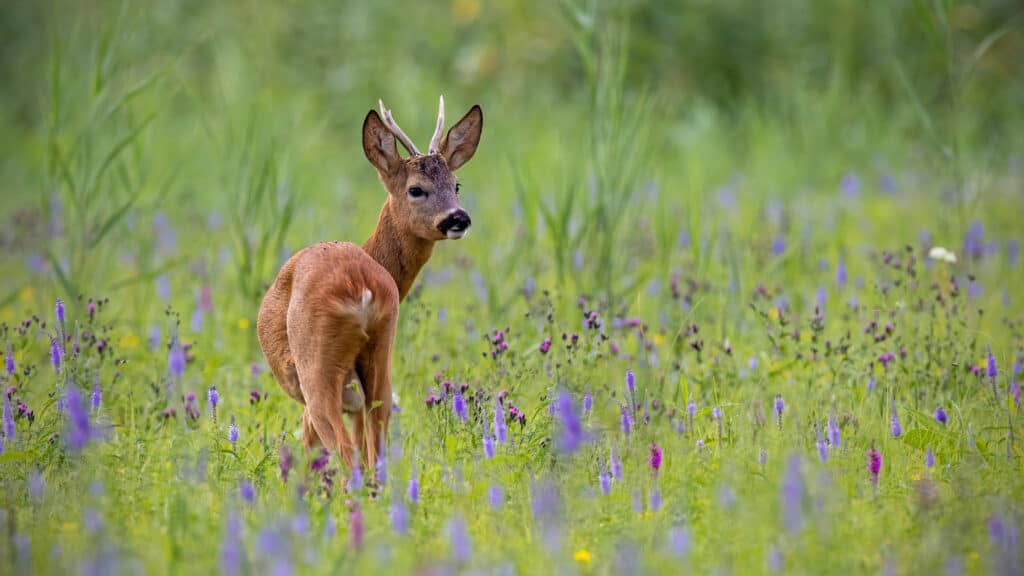
33. Travel photography
This type of photography offers new and exciting opportunities to capture exotic land and cityscapes. As well as showcasing the culture specific to that location, its traditional dress code, social life, and local dishes.
While it is wonderful to see the unexpected, it would be worth your while to research your travel destination prior to your trip. Find out about its landmarks and festivities that may take place during your stay.
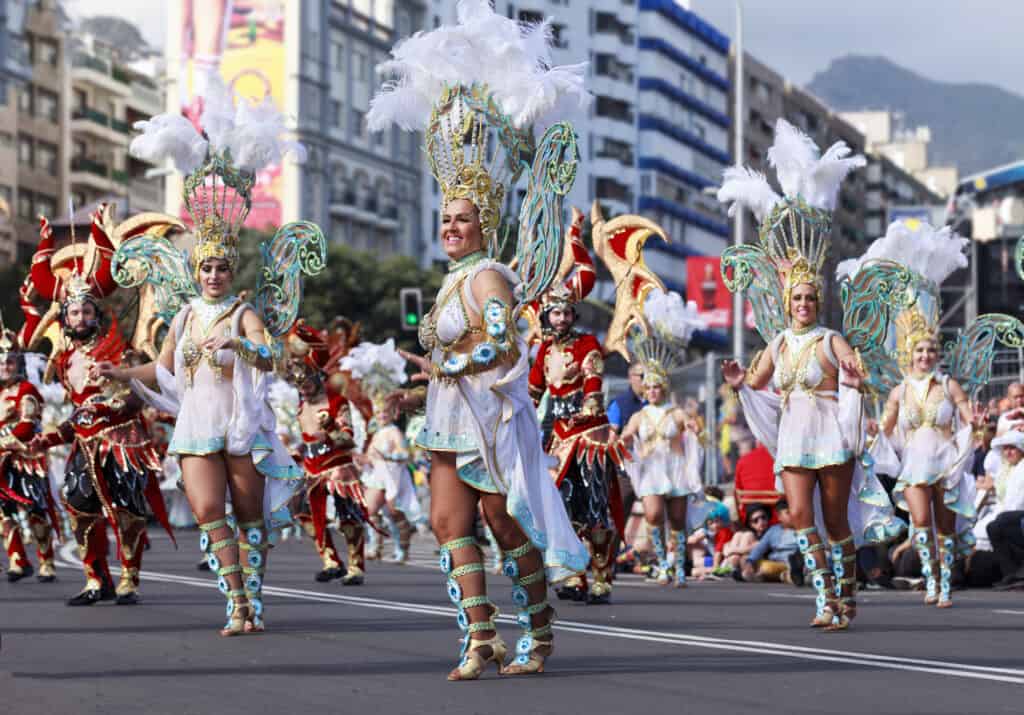
34. Documentary photography
Documentary photography refers to two types of photography. A social documentary is concerned with the accurate documentation of current events, using your photos to depict the realities and challenges of the people concerned. The second type is a historical documentary, capturing old buildings, monuments, and other interesting structures.
As a documentary photographer, you would try not to interfere with the scene. Your aim is to capture events as they unfold. A sense of curiosity and interest in your subject matter will go a long way in helping you connect with and relate to your subject.

35. Street Photography
Street photography involves taking candid portraits, where the subject is mostly unaware of being photographed. As a street photographer, your aim is to capture insightful images of daily life as it naturally unfolds.
Perhaps you are intrigued by the way the light falls around a subject, the organic way someone has positioned themselves, the environment the subject is in, the way they are dressed, or an activity they are engaged in.
There is no posing or directing of subjects involved here. However, you still have control over the composition of your shot. Compose to capture the humor, irony, or drama implicit in the scene. To further enrich your scene, shoot wide to include details from the environment, such as road signs, billboards, storefronts, or architectural details.

Conclusion
To conclude, an image need not be a true depiction of reality. Whether you are just starting out, or have already found your style, take the time to explore some of these photographic styles and techniques, and you might just get inspired to try some out. Further expanding the borders of your artistic expression.
